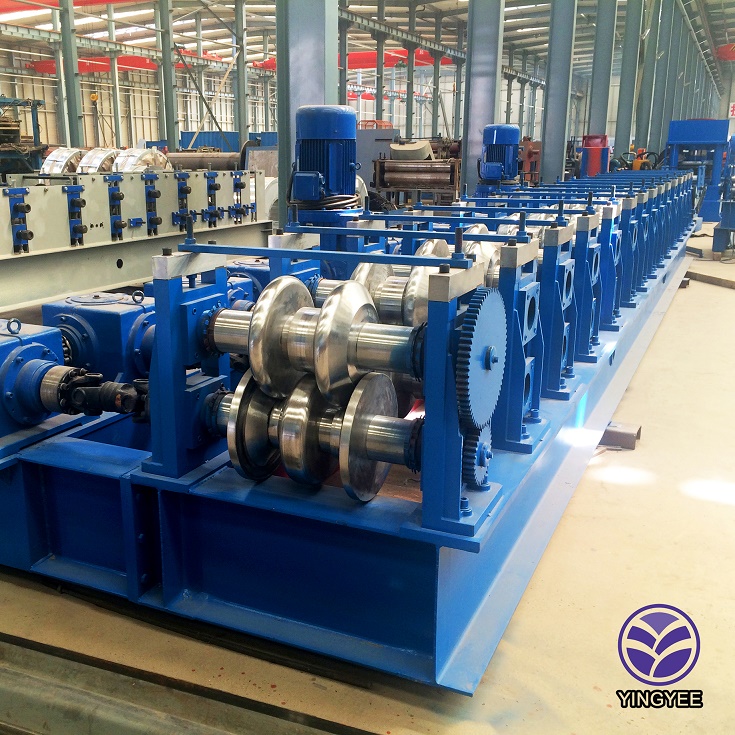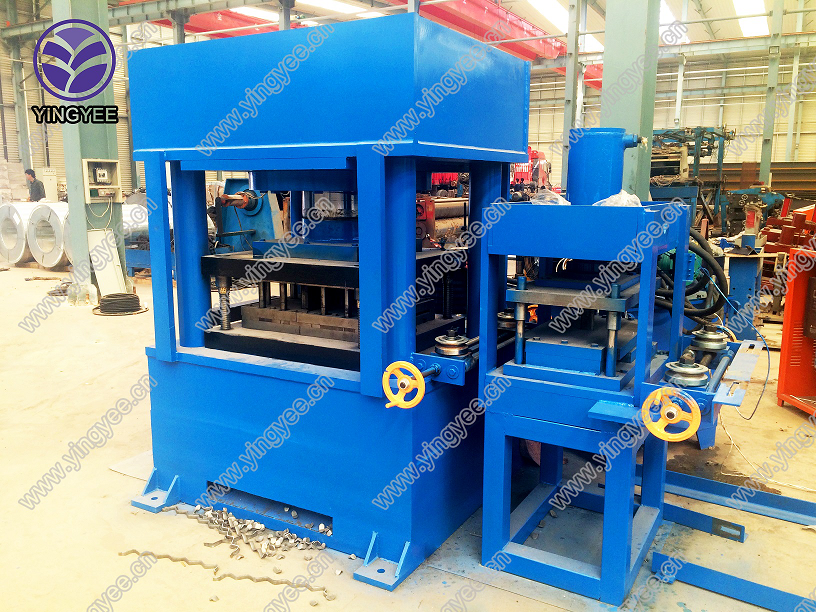
(slitting & rewinding)
Contemporary manufacturing facilities handling flexible materials depend fundamentally on advanced slitting and rewinding equipment. These systems transform master rolls into precisely dimensioned customer coils with micron-level accuracy. The continuous operation of slitting rewinding lines enables material processors to achieve operational efficiencies impossible through manual methods. Industries ranging from packaging converters to electronics manufacturers require these technologies to maintain competitive throughput rates while minimizing material waste.
Technical specifications have evolved dramatically, with modern servo-driven slitting & rewinding
installations featuring:
The global market for web converting machinery exhibited 8.2% CAGR between 2018-2023 according to PMMI's latest industry census. Packaging applications accounted for 67% of new installations, with notable increases in:
Operational data from 127 production facilities indicates modern slitting and rewinding equipment delivers quantifiable improvements. Production yield averaged 97.6% versus 86.3% on legacy equipment, while scrap rates decreased to 1.2% from 7.4% previously documented.
Revolutionary tension control mechanisms now mitigate common processing defects. Consider these technical breakthroughs:
Pneumatic Core Engagement: Eliminates slippage during high-speed rewinding cycles exceeding 1,500 m/min. Patented surface contact geometry maintains consistent torque distribution across full roll diameters.
Non-Contact Thickness Monitoring: Beta-gauge sensors provide real-time feedback to positioning servos, automatically compensating for substrate caliper variations up to 23% without operator intervention.
The convergence of these technologies enables processing speeds exceeding conventional limitations. Applications handling metallized PET films achieve stable operation at 880 m/min - a 60% increase from industry capabilities recorded five years prior.
| Manufacturer | Max Web Width (mm) | Tolerance (±mm) | Max Speed (m/min) | Changeover (min) |
|---|---|---|---|---|
| Atlas Converting | 3,200 | 0.05 | 1,800 | 2.5 |
| Kampf | 2,800 | 0.08 | 1,500 | 3.8 |
| Parkinson Technologies | 2,400 | 0.10 | 1,200 | 4.2 |
| Goebel | 3,400 | 0.07 | 1,600 | 3.1 |
Performance differentials become particularly significant when processing technical substrates. Silicone-coated release liners processed on Atlas platforms demonstrated 43% longer blade life versus competitive solutions due to patented anti-vibration knife mounting systems.
Specialized applications necessitate tailored approaches to slitting rewinding. When processing fragile metallized laminates, customized solutions include:
Material innovation consistently outpaces standard equipment capabilities. Leading manufacturers now allocate over 30% of R&D expenditure toward client-specific engineering initiatives, particularly for:
Bio-based Films: Require modified friction coefficients throughout the web path. One proprietary solution utilizes ceramic-coated guide rollers with surface porosity below 0.2µm to minimize particulate generation.
Quantifiable operational improvements consistently validate equipment investments:
Medical Packaging Converter: Implementation of dual-lane slitting & rewinding systems reduced validation lot changeover time from 47 minutes to 8 minutes. This translated to 17% increased utilization of their ISO Class 7 cleanroom.
Automotive Insulation Supplier: Precision servo-controlled knife positioning eliminated edge defects in acoustic barrier materials. This reduced customer rejection rates from 8.3% to 0.7% annually, saving approximately $412,000 in material recovery costs.
Production managers evaluating slitting and rewinding equipment must consider these operational parameters:
The operational lifecycle for these systems typically exceeds 15 years, making initial specification decisions critically important. Forward-thinking installations now incorporate IIoT connectivity, enabling real-time performance analytics across global production networks. This digital transformation positions manufacturers to leverage data-driven process optimization throughout the equipment's service duration.
Ultimately, choosing advanced slitting rewinding technology translates to quantifiable competitive advantage through reduced operating expenses, maximized material utilization, and superior product consistency meeting increasingly stringent customer specifications.

(slitting & rewinding)
A: Slitting and rewinding equipment processes large material rolls into narrower widths or smaller diameters. It cuts (slits) materials like films, papers, or foils before rewinding them onto new cores. This machinery is essential for customizing materials to specific production requirements.
A: Converters in packaging, printing, and labeling industries heavily rely on slitting & rewinding equipment. Flexible packaging manufacturers, adhesive tape producers, and nonwoven fabric suppliers also utilize these machines daily. Precise rewinding ensures material compatibility with downstream production processes.
A: Modern slitting rewinding systems feature automatic tension control, laser-guided alignment, and quick-change blade systems. Advanced models include web inspection sensors and programmable logic controls for precision slitting. Touchscreen interfaces and cloud-based monitoring further optimize operational efficiency.
A: Equipment configurations adapt to specific materials through adjustable rollers and customizable blade options. Delicate films require razor slitting and low-tension control, while thicker papers may use shear-cut blades. Rewinding torque settings are calibrated to prevent deformation during material transfer.
A: Regular blade sharpening and roller cleaning prevent material contamination. Weekly inspection of tension sensors and rewinding shaft alignment maintains dimensional accuracy. Scheduled lubrication of drive components minimizes wear and prevents production downtime.